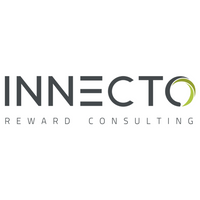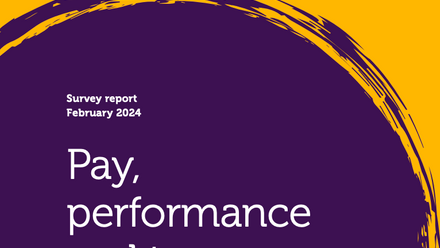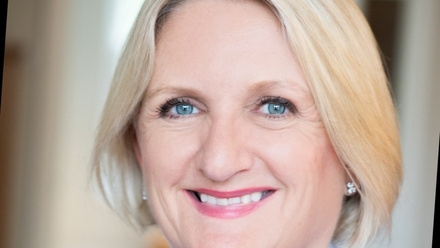Big data & pay benchmarking - what do they have in common?

That said, it is easy to get caught up in collecting and analysing too much data. It’s important to understand what information is critical to your business and what information, if known, will have the greatest impact. What story is the data telling you?
We have been in the business of providing pay benchmarking and equal pay audits for years. Both exercises involve looking at lots of data and finding the story. We’ve seen changes over the years of how HR uses the information provided from these activities to help shape the business.
The role of pay benchmarking
Let’s take pay benchmarking as an example. There are many reasons to carry out a pay benchmarking exercise. Most typical and obvious is to gain an insight into a company’s positioning against a market containing companies of interest, whether by location, sector or profession. Very often we see businesses using this as a ‘one time’ exercise and the investment in the actual benchmarking and survey data is lost in a folder.
This is a wasted opportunity for HR. The data is not just a means to gain one piece of insight. The output can provide much more ongoing value.
Imagine taking your pay benchmarking analysis and replaying it back to the CFO to aid in setting up a new function or country. You can help with understanding how to set pay appropriately, that doesn’t create inequities or is out of line with the external market. Imagine your CEO requests to hire talent. You can very quickly illustrate how an offer would impact peers and roles of a similar nature. Imagine, holding up a mirror to a functional head and showing them the actual market positioning of their function, compared to the others in the company.
By showing this data in a dynamic way HR has, at their fingertips, intelligence that senior leaders need. It provides a visual and real meaning to otherwise dry data. It means HR can influence through facts which are illustrated in a way that all can understand.
Let’s not forget though, it’s not just about showing facts. It’s about the data providing enough insight to make cost effective salary decisions. It enables HR & senior leaders to be better informed so they can re-state the pay spent on ineffective hires, ad hoc salary increases and retaining the 10% of leavers that the company doesn’t want to lose.
Sarah Lardner is client director at Innecto Reward Consulting.
This article was provided by Innecto Reward Consulting.
In partnership with Innecto Reward Consulting
We have more than 20 years' experience in getting employers' pay and reward working harder for them.







